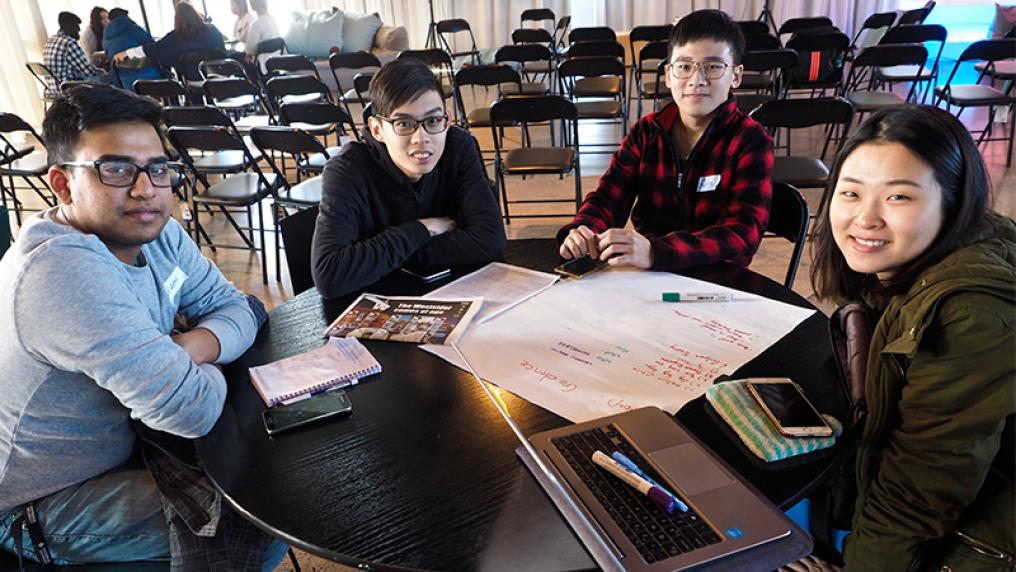Building a sustainable funding model for higher education

In the past 15 years, there have been five major national reviews of higher education with a primary focus on financing, so why is there still a political deadlock over higher education funding reform?
In this discussion paper, Professorial Fellow Peter Noonan seeks to contribute to the development of a long term, sustainable and predictable funding model for higher education. He does this by:
assessing the benefits and risks of the proposed changes, drawing on previous higher education reform processes and proposals
examining the process undertaken by the Government to date in the development of its reforms
proposing the establishment of a new independent higher education funding oversight body to develop and oversee a sustainable higher education funding system, incorporating variable student fees and public subsidies.
The Government still has a small window of opportunity to reconsider its current approach and develop an alternative package that might in the first instance gain Senate support but, equally importantly, provide a stable basis for higher education funding into the future. In undertaking that process, this paper argues that the Government needs to consider four main sets of issues:
- the objectives of fee deregulation and how these objectives will drive reform
- the design of the scheme and the risks and issues arising from fee deregulation, including the relationship between deregulated fees and the current system of public subsidies
- the likely effect of the reforms on the broader economy
- the growing gap in investment between higher education and vocational education and
training (VET).
It is clear that public funding alone will not be sufficient to continue expanding participation and widening access, let alone address the now well established concerns about the decline in per student funding. While fee deregulation may seem like an attractive option, there are also a number of risks:
- The availability of income contingent loans and the lack of effective and efficient competition within many areas of the higher education system will limit price competition and lead to over pricing of courses, particularly in the early phase of the new system.
- Levels of doubtful student debt will increase but with students and government rather than institutions bearing the risk.
- There will be little incentive for established universities to pursue efficiencies and productivity improvements when they can readily raise revenue through annual fee increases.
- The purpose and level of public course subsidies will become even less coherent and less clear than under current arrangements and if private revenue increases, public subsidy levels will be further reduced.
- There may be inappropriate behaviour by institutions entering the market or seeking to increase market share.
The relationship between VET and higher education funding must also be considered in the context of the broader tertiary education system in Australia. The risks associated with fee deregulation do not make this an invalid option, however they must be acknowledged and addressed together with more concrete evidence about the specific benefits of fee deregulation for students and the community generally.
To address these risks and other issues and concerns, an expert body, at arm’s length from Government, should be established under legislation to advise the Government on its final design and to oversee the operation of the new higher education financing system once in operation.
Ultimately, the future of higher education funding reform is in the hands of the higher education sector itself, through its leaders and its peak bodies engaging in a direct and open conversation with the community about what the sector can and should offer students in terms of world class higher education; the challenges the sector faces in adequately resourcing that offering; and how it might be paid for in terms of real and tangible benefits to students and the community more generally.



